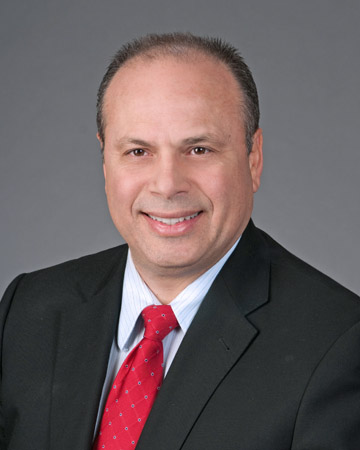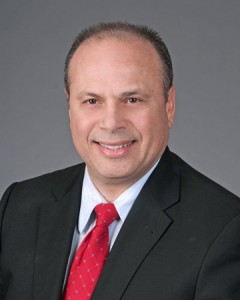Op-Ed: 1961 — A fateful year for Puerto Rico


Author David R. Martin is a corporate attorney and author of “Puerto Rico: The Economic Rescue Manual (2013).”
In early April, the government of Puerto Rico disclosed the hiring of a New York law firm that has handled more than 30 sovereign debt restructurings, including those of Greece, Argentina, Iraq and Russia.
According to local news reports, the firm was engaged prior to Puerto Rico’s issuance last month of $3.5 billion in junk-rated general obligation bonds. This expertise adds to the ranks of another restructuring consulting firm also advising the island.
Restructuring — meaning complete or partial nonpayment — seems all but inevitable. Given Puerto Rico’s theological commitment to tax exemptions for nonresidents, even the unlikely prospect of major foreign investments promises little in the way of the massive tax revenues needed to feed the $72 billion vortex of public debt.
Despite this conflagration, the government continues its quixotic pursuit of Puerto Rico’s mythical destiny as an offshore mecca of biotech, aerospace and high-finance. The results of these efforts have been disastrous: eight years of negative or negligible growth, skyrocketing unemployment and accelerating human capital flight.
The erstwhile promising origins of this debt crisis date back to 1961 when the U.S. was locked in the communism-capitalism clash of titans. It is fair to say that the U.S. regarded Puerto Rico as a Latin American free-market counterweight to the fallen Cuban domino.
In recognition of the island’s impressive economic advances, Puerto Rico’s then governor, Luis Muñoz-Marín, had already twice graced the cover of Time Magazine. Although the island’s economic progress during the 1940s and 50s owed much to federal tax incentives, Muñoz’s sage judgment was critical in optimizing this federal aid while it lasted.
But for the federal tax incentives to work, local tax breaks were also essential. Yet by the late 1950s, Puerto Rico’s sacrifice of revenues for jobs started to hit the proverbial wall. Resorting to debt financing to fund government projects became necessary. The obstacle faced by Muñoz was the federal debt limitation contained in the Puerto Rico Federal Relations Act. Essentially the same debt limit still in force today for the U.S. territory of Guam, this restriction was tied to the value of Puerto Rico’s real property.
Evidently and, perhaps, rightfully star-struck by Muñoz, who had an excellent relationship with the Kennedy administration, Congress repealed the debt limitation. The repeal had one condition, however: Puerto Rico was to amend its constitution to provide for its own debt limit. Without getting into the semantic weeds, Puerto Rico’s constitutional debt limitation is a marvel of dodgy legalese restricting only “direct” debt and certain “guaranteed” debts.
While the stated purpose of Puerto Rico’s expanded borrowing capacity was to fund long-term tangible public works that everyone could “see” and “touch,” decades later, everything under the sun began to draw on Puerto Rico’s once breathtaking credit. The tangle of authorities, instrumentalities, and government-owned corporations and funds all somehow tap into the central government’s coffers.
The result is what we see today: Puerto Rican taxpayers — mostly individuals with modest incomes — marooned on a toxic fiscal heap, paying what little they have to largely tax-exempt bondholders.
For many things, 1961 was a wonderful year. Kennedy’s Camelot ushered in the modern era of statecraft. Chateau Lafite Rothschild harvested one of its finest vintages. “West Side Story” won the Oscar for best picture. It was also the lucky year in which I was born to my wonderful Puerto Rican parents.
But for Puerto Rico’s long-term fiscal wellbeing, 1961 was the fateful year of a profoundly wrong decision by Congress.













…and the last official Presidential visit to PR in almost 50 years (if LBJ’s 1968 strictly on-base visit to Ramey and Ford’s attendance to the 1976 G-7 summit don’t count).
What about Obama? They have his photo op up in Kasalta and everything!
Good point, I meant before Obama on June 14, 2011 (1961 + “almost 50 years” = 2011).